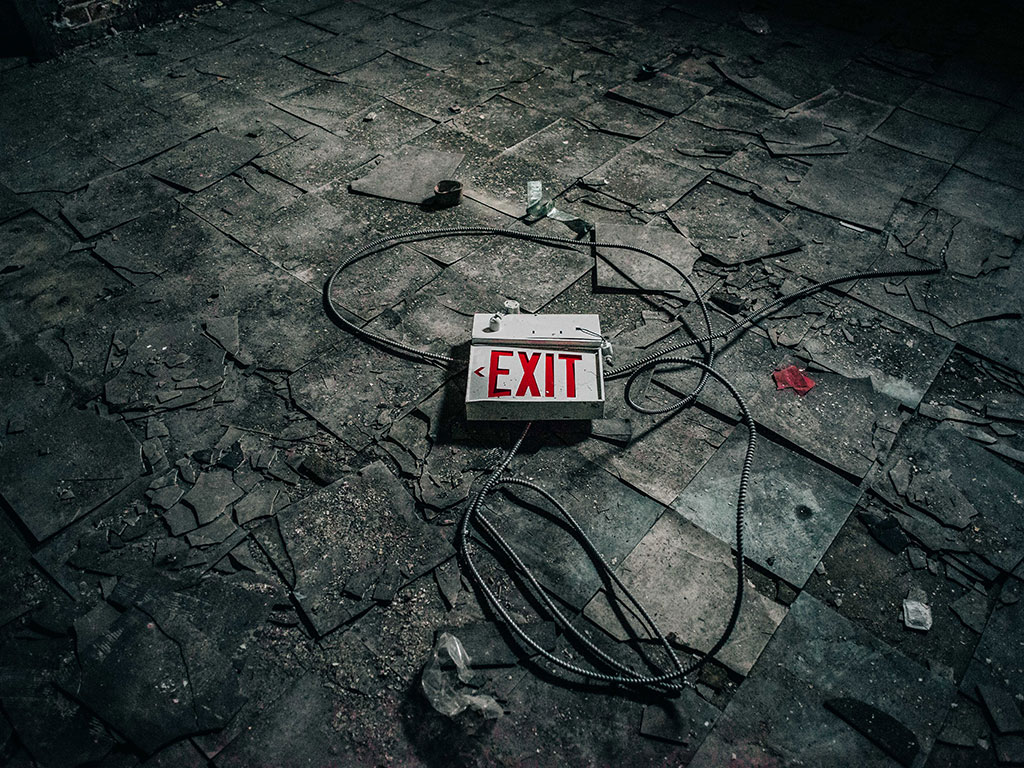
Caption Example for Image
Codes are Mainly to Ensure a “Life-Safety” Standard—Let’s Talk About Seismic Damage
Share this Post
As I enjoy my morning coffee and get ready for work with a great view of the bay— I notice that the hanging lamp is swinging unusually and the cladding or exterior windows start to make a cracking noise and it’s getting louder. I put the mug aside on a table and the coffee spills onto the carpet, the floor starts moving faster and now I can barely walk to the kitchen to get something to clean up the spill. Now, I can see that some windows are starting to crack.. for real life!
My TV, bookshelves, kitchen wares, glasses are all on the floor and I can hear many people screaming in the other units of the building. I try to remain calm and get some cover under my table but now the movement is slowing down and it seems everything is going back to normal. After some hours, I get the news that we have just had a moderate Mw 5 earthquake and some news anchors are reporting some minor damage in town with no casualties. After a day we find out that 4 people have died of heart attacks and one by exiting too far from a building and falling abruptly on his head. There are some reports of minor damage to roads, a couple of landslides but everything seems to be under control with minimum downtime.
Now—aren’t we supposed to experience a “Big one”? Since I know a bit more than the average person about these types of things, I’m kind of wondering what would have happened if an earthquake with the magnitude that we are likely expecting had struck—say a magnitude of around 6.5 to 7.0. A lot was going on in my apartment, and it was only a 5! When I mean with “a lot” I mean a lot of non-structural damage which are little things in the overall scheme of things, but my forecast for “the Big One” is not a comforting one.
Ok Ok..I was just making this up, but I wanted to make a point here and I’ll make it from a structural engineering point of view. When we are working on the structural design of a building and we are trying to come up with a reliable system to withstand the actions of earthquakes, we follow the most current building code. It is widely accepted and specified in codes that any design should follow basic energy conservation principles. In this case, the energy released by an earthquake near the building should match the energy dissipated by the building. Now let’s see what we understand by “energy”. In terms of the earthquake energy; we commonly refer to the amount of movement that the earthquake releases through local movement. We can also add noise but mainly ground movement (shaking). When it comes to the energy dissipated by the building, we are referring to any building movement or interaction between the building and the bearing soil, or between the building movement and its content. There is noise as well but let’s focus on the movement. Most of the time the energy coming from building movement or from the interaction between the structure and the content or bearing soil is capable of matching the energy coming from the ground movement. But sometimes (for those major earthquakes that occur once in a while), the movement of the building and the interaction between the building and other elements is not enough to match the earthquake energy.
Engineers have been, over the years trying to come up with ideas on how to add more dissipation mechanisms to buildings or to further understand the movement of buildings and the interaction between the structure and its content and bearing soil. In an ideal scenario, where resources are infinite or abundant and profit is not part of the equation; we can design buildings to match any input energy with the building movement using what we understand about the interaction of the structure with its content and soil. In a real scenario, however, this is not always an option and we need to give up something in exchange. The subtraction or difference comes in the form of either an additional solution or system that is capable of dissipating the differential energy. The other option is that we simply accept a level of damage to the building and dissipate the energy through what engineers usually call “inelastic energy”. Inelastic energy is a nice term, but for the regular Joe it simply means tons of damage. This damage can include large cracks in some walls, cracks or destruction of partition walls, broken glass and windows, heavy furniture falling apart, door access issues, etc. Overall this is a real mess with (hopefully) a clear exit from the building after the shaking. This is what we normally refer to in codes as a life-safety standard.

